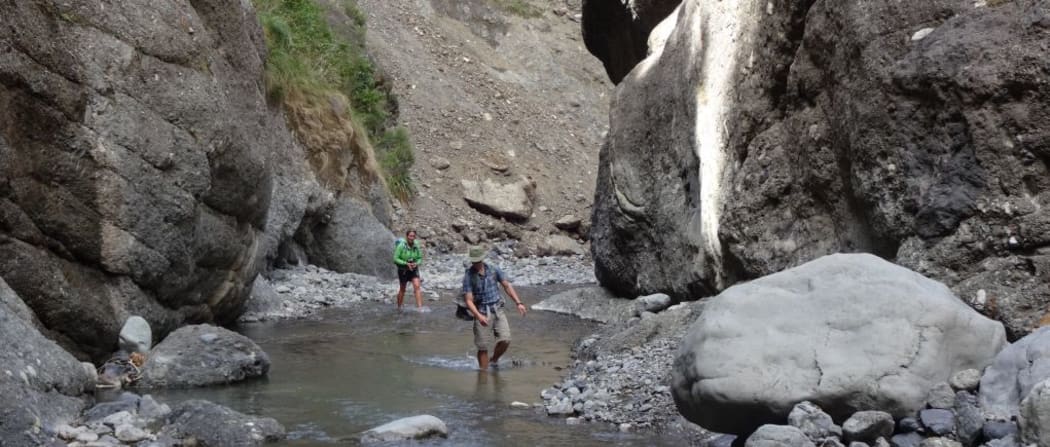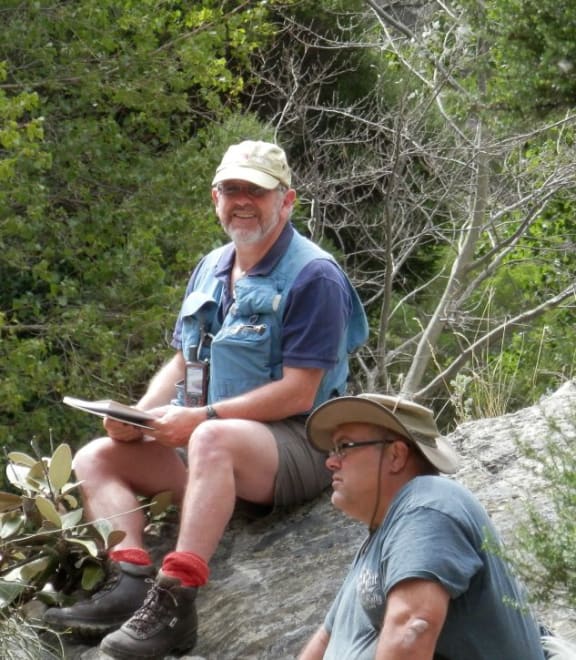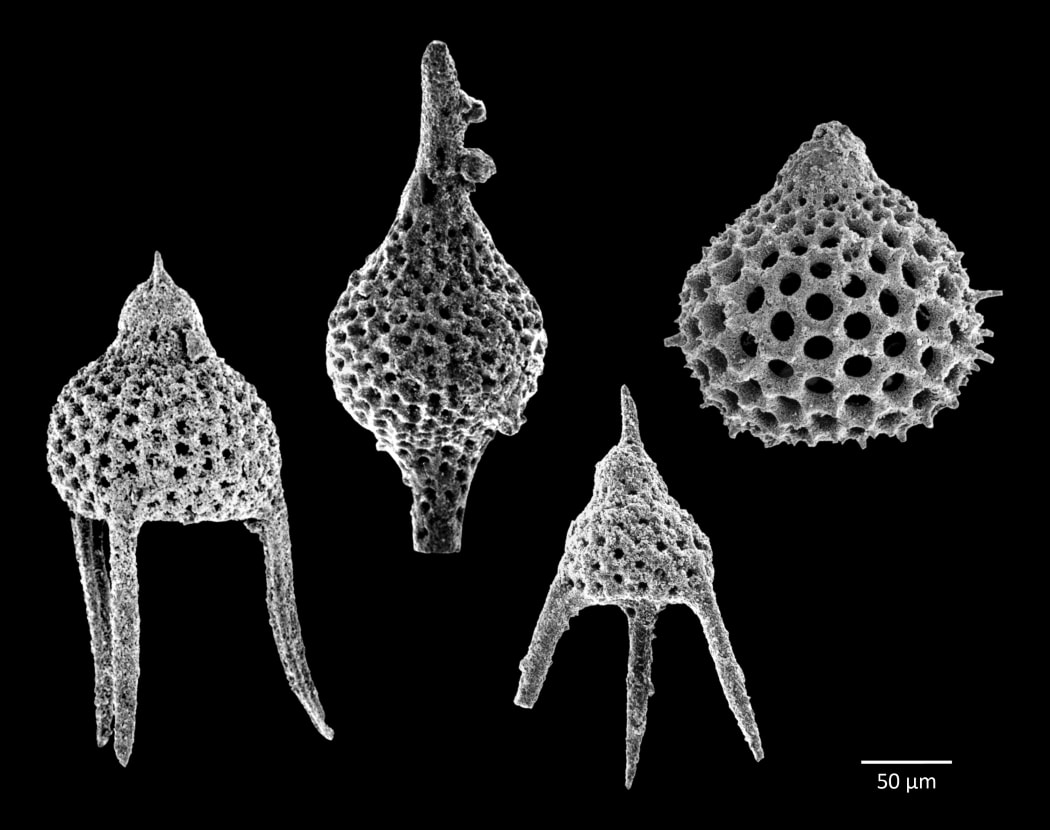by Veronika Meduna Veronika.Meduna@radionz.co.nz

Geologists come from all over the world to study the exposed rocks in Mead Stream Gorge. Photo: RNZ / Veronika Meduna
Mead Stream Gorge, about halfway between Blenheim and Kaikoura, is one of New Zealand’s geological wonderlands – and possibly the only place in New Zealand where you can travel through 90 million years of geological history in one day.
One section of the geological record is of particular interest to geologists. Some 55 million years ago, Earth went through a period of rapidly rising global temperatures and massive increases in greenhouse gas concentrations - and this super greenhouse event, known as the Paleocene-Eocene Thermal Maximum or PETM, is thought of as an analogue for our current climate conditions.
Its geological signature lies in the layers of soft mud and harder limestone, with each marking a period of warming and recovery. “Temperatures went up very dramatically, not just here but all around the world,” says James Crampton, a palaeontologist at GNS Science.
'One of the results of that – just as we are experiencing today – was the fact that because the atmosphere warmed, it held more moisture and therefore rainfall intensified and you got more weathering and erosion on land. That brought more mud out into the deep sea where these rocks were deposited.'

Chris Hollis, left, uses microfossils to decipher environmental changes in the past, while Jerry Dickens focuses on the study of how carbon cycles between the oceans and the atmosphere. Photo: Chris Hollis
Gerald Dickens, known as Jerry, is a geochemist at Rice University in Houston, Texas. He’s been coming all the way to Mead Stream for many years because it is such a good place to study this period of ancient abrupt climate change. He says the rocks tell the story of a rapid increase in carbon in the atmosphere that had significant effects on ecosystems at the time.
The event lasted about 200,000 years (incidentally about the same period of time that it took us to evolve from our early hominin ancestors) and its chemical signature suggests that thousands of gigatonnes of carbon were released quickly.
The explanation is that as the world warmed, it crossed a critical threshold, at which stores of methane, either in frozen hydrates on the seafloor or in permafrost soils, were released suddenly and rapidly.
Chris Hollis, a palaeontologist at GNS Science, says the PETM was the biggest but not the only major climate change event. “It starts off with a bang with the PETM, where the rocks change, they get softer, and they are recording more clay coming into the ocean. This one event lasts for about 200,000 years and then the rocks get back to what they were before. And then there’s a whole series of cycles of these rapid warming events.”
These cycles are recorded at Mead Streams as alternating layers of limestone and mud. The layers in turn contain fossils of microscopic plants and animals, which not only tell the story of how the climate changed but also what impact that change had on the environment at the time.

Radiolaria are tiny animals that produce intricate mineral skeletons. They are found as zooplankton throughout the world's ocean, and their skeletal remains are found in sediments that form on the ocean floor. Photo: Chris Hollis
In the palaeontology laboratory at GNS Science, Chris Hollis extracts the microfossils to decipher the detailed history of change. He says microfossils represent four basic types: calcareous nanoplankton and diatoms, which are both microscopic plants, and foraminifera and radiolaria (pictured above), which are tiny animals.
'The nanoplankton is made up of calcium carbonate and widespread in the world’s oceans. It’s the background pelagic rain that falls to the seafloor in the oceans. Diatoms are made of silicate shells and they signify times of high productivity.'
Foraminifera and radiolaria are the animal equivalents, with forams made up of calcium carbonate and radiolaria of silicate shells. “Immediately, the relative abundance of these four basic types of microfossils gives us some guide to the productivity of the oceans,” he says.
By identifying them to species level, Chris can use microfossils to set up a time frame. “Microfossils evolve quite rapidly through time, so there are distinct species that represent specific time intervals. By looking at the assemblages we can say something about the environment, something about the climate and something about the age of the rocks.”
Of particular interest to palaeontologists are the periods of recovery, during which carbon dioxide is stripped from the atmosphere. Chris Hollis says there are two main explanations – that the source of the carbon is simply used up, and that biological production in the ocean increases and eventually draws the CO2 out of the atmosphere.
He says there is no question that natural processes can cause global warming events, but the “important thing to remember is that the recovery lasted 200,000 years”.
And the rate at which carbon increased in the atmosphere during past events of global warming was much slower.
'For the PETM and other events the rate is in the order of thousands of years, rather than decades to centuries.'

